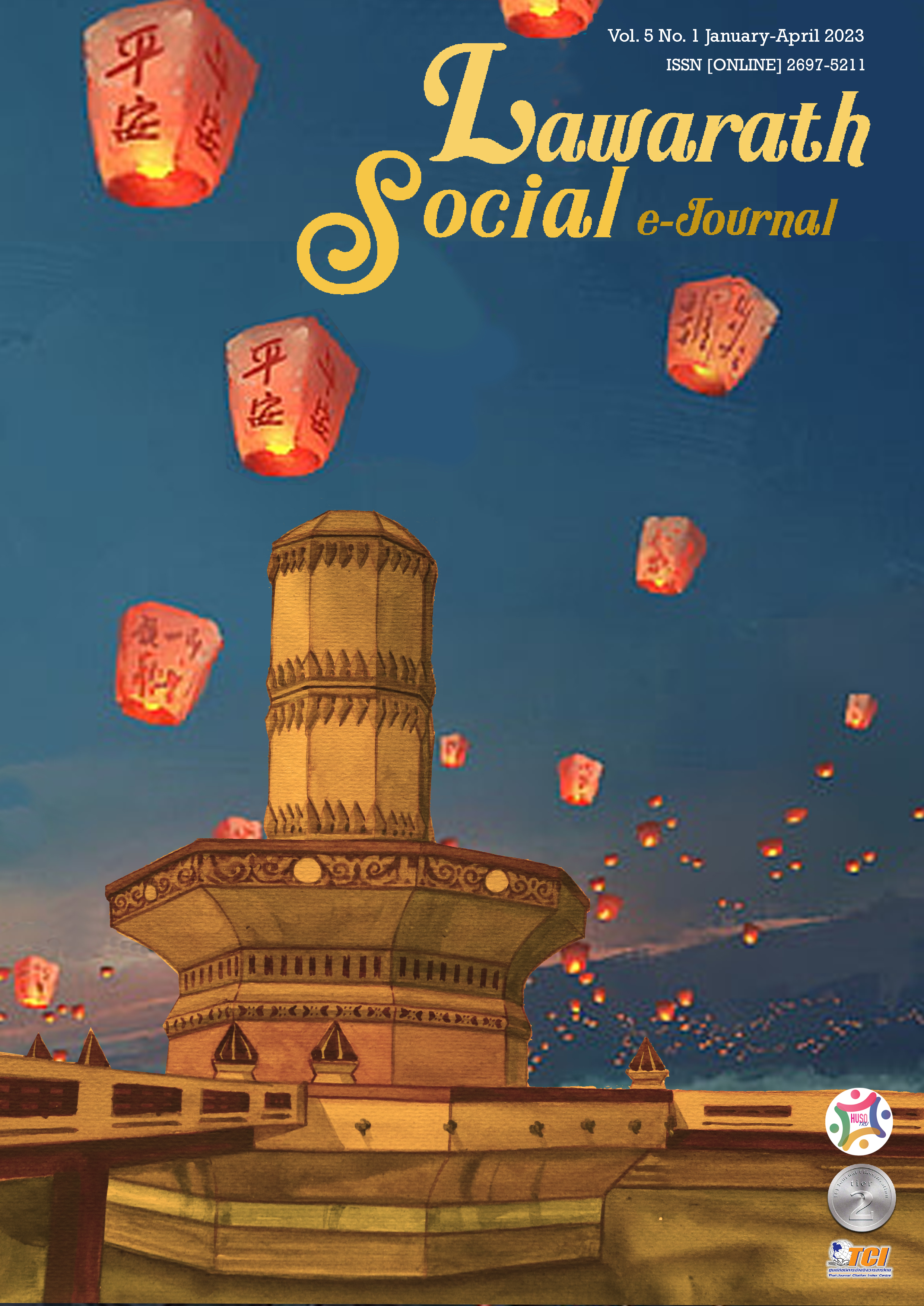A Comparative Analysis of Chinese "hao" and Thai "dee" —Take " HanYu JiaoCheng" Series of Textbooks as an Example
Keywords:
“hao”, “dee”, Comparative Analysis, "Chinese Course" Series of TextbooksAbstract
The Chinese word "hao" and the Thai word "dee" have both correspondences and differences in terms of lexical properties, and Thai students or teachers who know Thai usually ignore the differences at the initial stage of teaching. This paper adopts the literature method, statistical method and qualitative research method, combined with the series of textbooks " HanYu JiaoCheng", which is mainly used by universities in Thailand, to compare the Chinese word "hao" and the Thai word "dee" in terms of their meanings, part-of-speech usage and grammatical function, and found that that the meaning items of "hao" and "dee" are very different from each other in terms of number and meaning, except for the meaning of "good", "healthy", "cured", etc.; although they can be used as adjectives and adverbs, they are also different in terms of part-of-speech usage and grammatical functions. Based on their characteristics, the author finally puts forward corresponding teaching suggestions and methods to help Thai students solve some of the problems they encounter in learning the word "good" and enable them to use it correctly in daily life.
Downloads
References
Ba, Y. (2019). Analysis of the Usage Bias of "hao" Based on HSK Dynamic Composition Corpus. Master's Thesis, Anhui Normal University.
Jiang, Q. (2015). A Study of Subjective Quantity Markers "hao", "da", "bu" and "mei". Master's Thesis, Shanghai Normal University.
Kong, X. (2018, June-December). Exploring the Core Semantics and Lexical System of "hao". Chinese Character Chinese Studies, 2018(2), 103-112.
Liu, C. (2016). Research on Chinese Respondent "hao + tone words" and Its Teaching Strategies. Master's Thesis, Jilin University.
Ruan, Zh. (2009). Modern Chinese Dictionary. Shanghai: Shanghai Dictionary Press.
Shao, J. (2005, June-December). The Discourse Function of "hao" and Its Fictionalized Trace. Chinese Language, 2005(5), 399-407.
The Royal of Thai Institute. (1999). The Royal Institute Dictionary. Bangkok: Nanmee Book.
Wu, L. (2012). A study of Chinese Language Textbooks in Thai Universities from The Perspective of Communication Science: Three Comprehensive Textbooks as An Example. Master's Thesis, Shandong University.
Yang, J. (2016). HanYu JiaoCheng (Book 1, Upper). Beijing: Beijing Language and Culture University Press.
_______. (2016). HanYu JiaoCheng (Book 1, Lower). Beijing: Beijing Language and Culture University Press.
_______. (2016). HanYu JiaoCheng (Book 2, Upper). Beijing: Beijing Language and Culture University Press.
_______. (2016). HanYu JiaoCheng (Book 2, Lower). Beijing: Beijing Language and Culture University Press.
_______. (2016). HanYu JiaoCheng (Book 3,Upper). Beijing: Beijing Language and Culture University Press.
_______. (2016). HanYu JiaoCheng (Book 3, Lower). Beijing: Beijing Language and Culture University Press.
Yu, F. (2008). A study of the Semantics of "hao". Master's Thesis, Nanjing Normal University.
Zhen, Zh. (2020). Research on The Grammar of Chinese High-frequency Word "hao" for Teaching Chinese as a Foreign Language and The Development of Teaching Materials. Master's Thesis, Guangxi University for Nationalities.
Downloads
Published
How to Cite
Issue
Section
License

This work is licensed under a Creative Commons Attribution-NonCommercial-NoDerivatives 4.0 International License.



